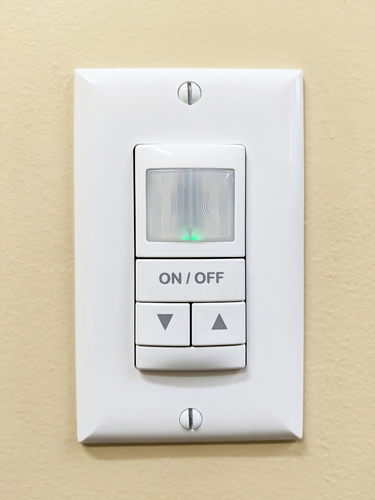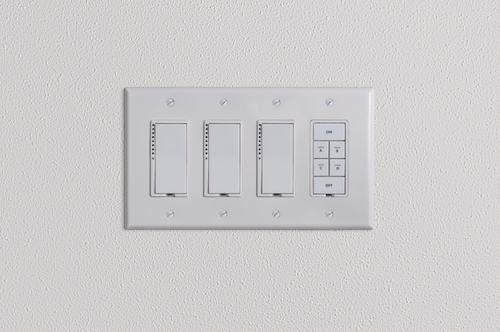Dimmable Controls and Motion Controls
Lighting is an essential component of any building or room, and it can significantly impact the atmosphere and functionality of a space. In recent years, the popularity of dimmable controls and motion controls for lighting has increased due to their numerous benefits. In this article, we will discuss the advantages of these lighting controls and how they can enhance the overall experience of a space.
Dimmable Lighting Controls
Dimmable lighting controls allow users to adjust the intensity of the light emitted by a fixture. This is typically done through a switch or remote control, and it can provide numerous benefits. Using updated dimmable controls on your lighting helps with flickering lights as well.
Firstly, dimming lights can help save energy and reduce electricity bills. When lights are dimmed, they consume less power, resulting in lower energy consumption and cost savings. This is particularly important in commercial settings, where lighting can account for a significant portion of the electricity bill.
Secondly, dimmable lighting controls can enhance the atmosphere and functionality of a space. For instance, in a bedroom, dimming the lights can create a relaxing and comfortable atmosphere, while in a study room, brighter lights can improve concentration and productivity. Dimmable lights can also be used to highlight specific areas or objects in a room, such as artwork or architectural features.
Finally, dimmable lighting controls can extend the lifespan of light fixtures and bulbs. When lights are dimmed, they emit less heat, reducing the wear and tear on the fixture and bulb. This can result in a longer lifespan for the fixture and lower maintenance costs.
Motion controls for lighting, also known as occupancy sensors, use infrared or ultrasonic sensors to detect movement and turn lights on or off accordingly. They can provide several benefits, including:
Firstly, motion controls can save energy by ensuring that lights are only on when they are needed. In areas with low or intermittent occupancy, such as hallways, washrooms, or storage areas, lights can be turned off automatically when the space is unoccupied. This can result in significant energy savings and reduced electricity bills.
Secondly, motion controls can improve safety and security. In areas such as parking lots, corridors, and stairwells, motion sensors can detect movement and turn lights on, ensuring that occupants can move safely and confidently. In addition, motion controls can deter intruders by creating the impression of an occupied space, even when the area is vacant.
Finally, motion controls can provide convenience and ease of use. Occupants do not need to manually turn lights on or off, as the sensors automatically detect their presence and adjust the lighting accordingly. This can be particularly beneficial for people with mobility or accessibility issues.
In conclusion, dimmable lighting controls and motion controls for lighting can provide numerous benefits, including energy savings, improved functionality and atmosphere, extended lifespan of light fixtures, improved safety and security, and increased convenience and ease of use. Incorporating these lighting controls into residential and commercial spaces can enhance the overall experience of the occupants while reducing energy consumption and cost.


